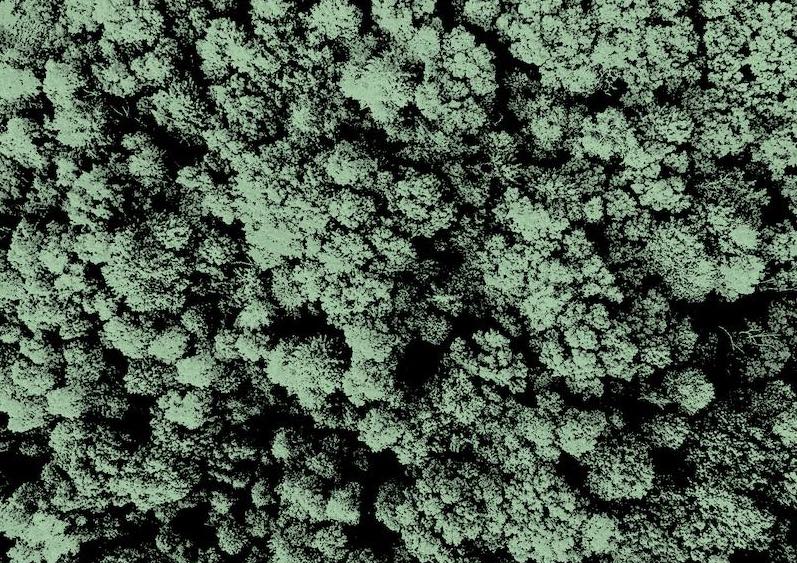What is it about?
This study explores a new type of material made by combining polyaniline (PANI), a conductive polymer, with polyvinyl acetate (PVAc), a plastic, and camphorsulfonic acid (HCSA), which helps improve conductivity. Normally, plastics like PVAc reduce the material’s ability to conduct electricity, but this study found that adding the right amount of PVAc actually increased the material's conductivity. The researchers discovered that the chemical interactions between the components helped the charges move more easily through the material. These composite films also have a porous, flexible structure, making them a promising option for use in biosensors, which detect biological substances like viruses or bacteria. This research could lead to better, more efficient sensors for health and environmental monitoring.
Featured Image

Photo by Ayush Kumar on Unsplash
Why is it important?
This research is unique because it challenges the common belief that adding insulating materials like polyvinyl acetate (PVAc) to conductive polymers would reduce their electrical conductivity. Instead, our findings show that, within certain conditions, PVAc actually enhances conductivity when combined with polyaniline (PANI) and camphorsulfonic acid (HCSA). This discovery opens up new possibilities for designing advanced materials with improved properties for specific applications, such as biosensing. What makes this work timely is its potential impact on developing more efficient and cost-effective biosensors. With the growing need for fast, accurate, and low-cost sensors for healthcare and environmental monitoring, the ability to create highly conductive and porous films using widely available materials could lead to breakthrough technologies in these fields. By offering a new approach to material design, our work paves the way for more sustainable and accessible solutions to global challenges.
Read the Original
This page is a summary of: Characterization of the electrical conductivity and chemical properties of camphorsulfonic acid protonated polyaniline/poly(vinyl acetate) composite films, Polymer, September 2023, Elsevier,
DOI: 10.1016/j.polymer.2023.126269.
You can read the full text:
Contributors
The following have contributed to this page







